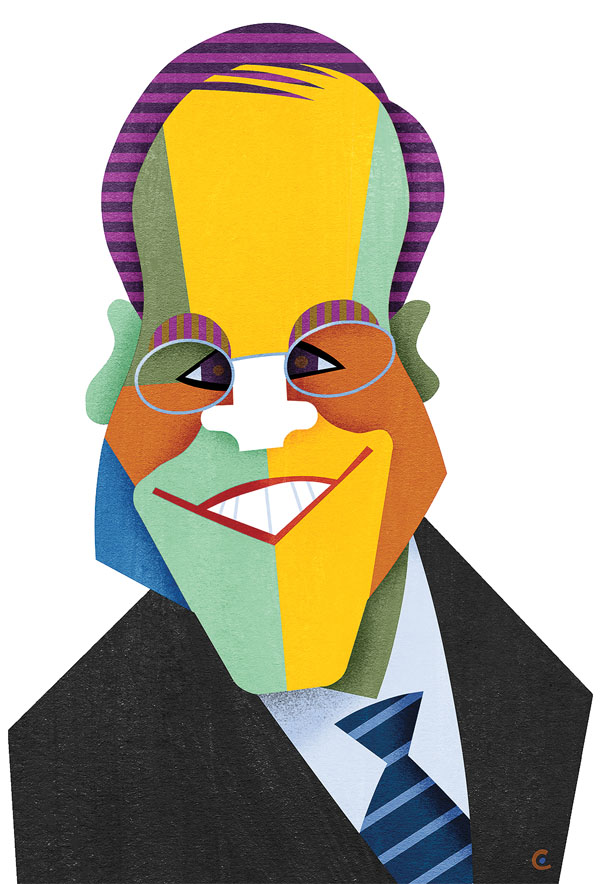Master Class
 (Photo: David Cowles for Rochester Review)
(Photo: David Cowles for Rochester Review)I’ve been at the National Library of Medicine for two years. I started as deputy chief of the History of Medicine Division, and I was appointed chief of the division last fall. After I graduated from Rochester, I earned a doctorate in history from Emory University.
The National Library of Medicine dates from the 1830s when the U.S. Army Surgeon General at that time had the foresight to purchase books and journals for active-duty medical officers. It’s the largest biomedical library in the world. The History of Medicine Division is steward of some of the library’s most treasured collections, allowing researchers to explore medical and public health history from as early as the 11th century to the present.
One of the most remarkable items in our collections is the first summary of the genetic code. It was created by the American biochemist and 1968 Nobel laureate Marshall Nirenberg and records his deciphering of the genetic code contained in DNA. Here is the very discovery of how sequences of DNA—known as “triplets”—direct the assembly of amino acids into the structural and functional proteins essential to life. Nirenberg’s work ranks with that of James Watson and Francis Crick in our understanding of the genetic basis of life on earth.
Dr. Nirenberg wrote this summery in now-fading ballpoint pen, on several sheets of 8 ½” x 11” paper attached together with tape. The very physical state of the chart makes it a prime candidate for conservation.
Jeffrey Reznick ’92
Rockville, Md.
Chief, History of Medicine Division,
National Library of Medicine of the National Institutes of Health
Another remarkable item we hold—one that is near and dear to my own heart as a cultural historian of the First World War—is our unique collection of U.S. military hospital magazines dating from 1918–1919. These were published internally by U.S. military hospitals around the country that cared for sick and wounded soldiers. Interestingly, both hospital staff and patients contributed to these publications. Very few historians have ever looked at these materials, but they provide a spotlight on how the war played out in local communities around the United States.
We also have a traveling exhibition program. One of the most popular exhibitions is on Harry Potter. It’s called Harry Potter’s World: Renaissance Science, Magic, and Medicine. It shows the Renaissance roots of Harry Potter’s world, and how those traditions played major roles in the development of Western science and medicine.
My most formative experience was doing independent research with professor Thomas Hahn. I was a National Endowment for the Humanities Younger Scholar in the summer of 1991, and he supervised my grant project. It was a cultural-literary study of the remarkable kinship of Julian of Norwich’s 14th-century classic, Revelations of Divine Love, with Ted Hughes’s 1968 children’s story, The Iron Man, and Pete Townshend’s 1989 rock opera of the same name. That research experience, combined with the great courses I took from professors Borus, DiPiero, Kaeuper, Lasch, McGrath, and Weaver, inspired me to pursue a doctorate in history. It also taught me to appreciate that history and literature go hand-in-hand in learning about the past, and that it’s “the journey, not the arrival, that matters.”

